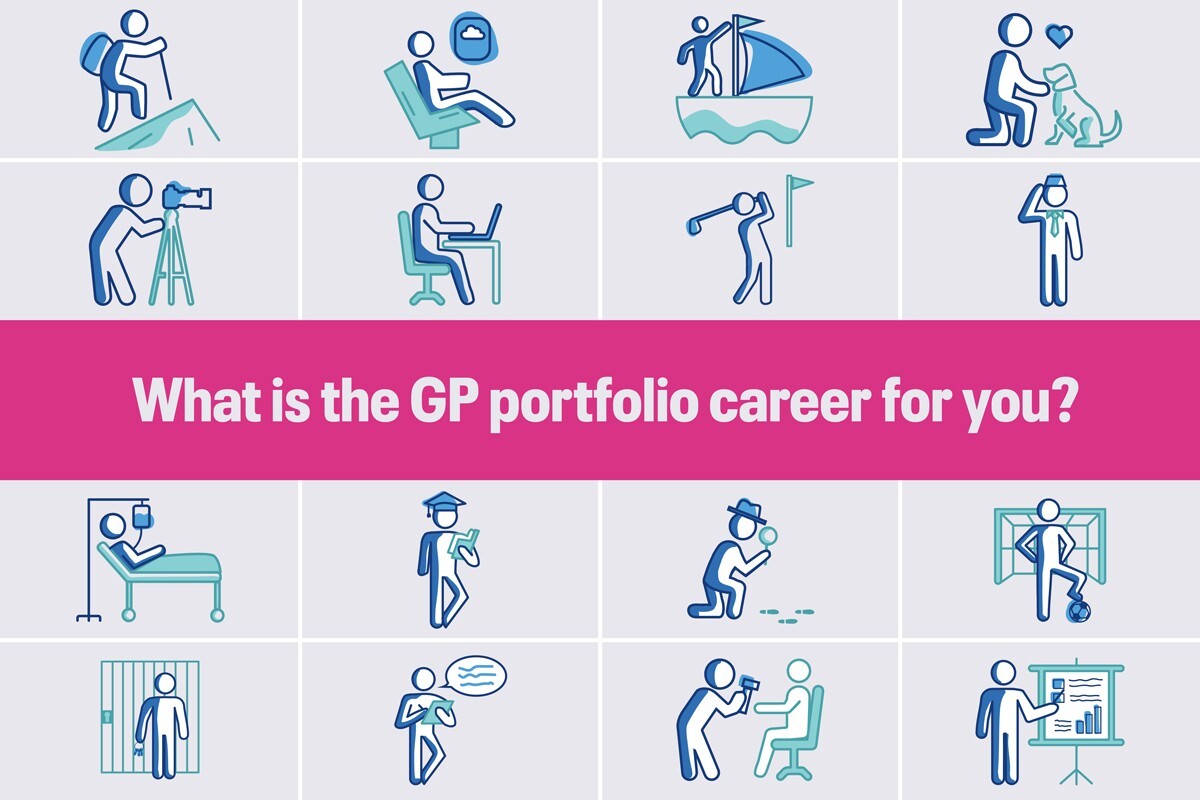NHS image bank of how conditions appear on different skin tones launched

A free NHS-funded image library showing how diseases appear on a range of skin tones has now been made live.
GPs and other healthcare professionals can search through the bank of more than 3,000 high-resolution images to help them recognise signs of disease and illness.
The Reframe initiative was funded by NHS England and led by the University of West England.
It aims to reduce delayed or misdiagnosis for conditions that present differently depending on skin tone – for example chickenpox.
The photos were taken with support from GPs and health centres with plans to add more images in the future. Expert dermatologists have checked the images to ensure they are accurate and reliable.
It covers skin conditions like eczema, psoriasis, impetigo and allergic rashes as well as jaundice, meningitis and anaemia in addition to wounds, infections and common childhood diseases.
The team now hopes to work with the UK Health Security Agency to add more images related to infectious diseases.
They are also preparing to roll out the toolkit on the standards for the images to medical illustration teams at NHS trusts around the country so they can upload their own and expand the library further.
‘White skin is presented as the normal – there isn’t a consideration for other skin tones. If we don’t have images that reflect reality, we won’t learn to see it,’ said project lead Debbie Hubbard at the University of the West of England.
Sarah Todd, regional head of allied health professional education for NHS England South West, who also led on the project said while there are some other resources out there, they may be behind a paywall, not show verified disease or be low quality images.
‘We wanted to fill the gaps and it be an absolutely free resource for anyone to use.’
Some of the stories they came across from patients who took part in the project show how quite serious diagnoses can be missed.
One participant had visited her GP feeling very lethargic and been told there was nothing wrong. Then a few months later visited again with palpitations but an ECG did not show anything. After feeling worse she requested a blood test and was found to be severely anaemic.
‘That is just one of the many stories we’ve heard, because things like anaemia and jaundice are quite hard to spot if you don’t know where to look. This is an educational tool but also useful for clinicians to go and look and make comparisons.’
Dr Navina Evans, NHS England’s chief workforce, training and education officer, said: ‘It’s really important that the tools available for NHS staff to use when treating patients are fit for purpose, and having access to imagery that reflects the local patient base can support the delivery of good quality care.
‘The Reframe project helps us to deliver the values of the NHS Constitution, supporting our staff to better recognise the signs of illness across all patients that need care, regardless of background.’
Visit Pulse Reference for details on 140 symptoms, including easily searchable symptoms and categories, offering you a free platform to check symptoms and receive potential diagnoses during consultations.













